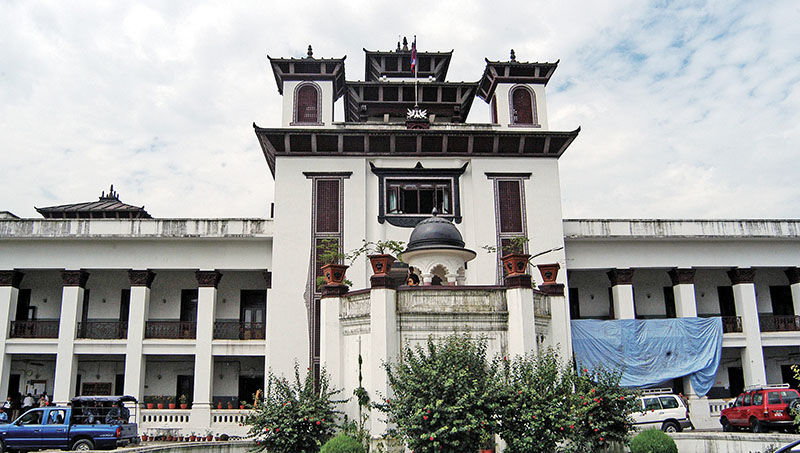‘System ensures proportional representation’
Kathmandu, December 25
Election experts say single transferable voting system is a bit complex but more scientific, as it truly reflects the spirit of proportional representation.
Former election commissioner Birendra Mishra said under STVS the only complexity was that the EC would have to count votes as many times as the number of elected candidates. “But this is the most scientific provision to ensure proportional representation,” he added.
How does the STVS work? Former chief election commissioner Neil Kantha Uprety said under STVS surplus votes of candidates with higher priority shift to candidates with lesser priority in the same order the electorates marked their preferences.
According to him, if the STVS was adopted, then the Election Commission will have to first determine how many votes a candidate will need to win the election and if the candidate gets more than the required number of votes, then the surplus votes would shift to candidates in top to down priority.
Uprety added that in Australia priority also shifted to more preferred candidate. “For example, if a candidate who is second in voters’ preference, gets 800 votes and needs 400 more to win and if the third most preferred candidate gets 400 votes, then those 400 votes will shift to the candidate who is the second most preferred candidate, who will win the election,” Uprety added.
Uprety said if the STVS was adopted then the EC would have to decide what to do if a voter did not mark more than one preference. “It is a complicated system. An ordinary voter cannot grasp it. Even educated electorates of National Assembly erred when they voted under the 1990 constitution,” Uprety added.
As per the constitutional provision, each province will elect eight members to the National Assembly, including three women, one Dalit candidate and one differently-abled candidate or candidate from minority community. He said the EC could have four separate ballot papers or one ballot paper with four clusters- three women- three candidates under open cluster, one Dalit candidate and one differently abled candidate or candidate from minority community.
Prime Minister Sher Bahadur Deuba’s Senior Media Expert Govinda Pariyar said the government had proposed in the National Assembly Election Ordinance to elect six members on the basis of STVS and two members -- one Dalit and one differently-abled or a member from minority community -- on the basis of first-past-the-post electoral system. Pariyar said there was only one seat under the clusters of Dalit and differently abled or minority community, STVS could not apply to those clusters.
Senior Advocate Surendra Kumar Mahto said under the 1990 constitution, some members of the Upper House were elected on the basis of STVS and one from each development region on the basis of FPTP system.
The government sent the National Assembly Election Ordinance to the president two months ago but she is yet endorse it.






